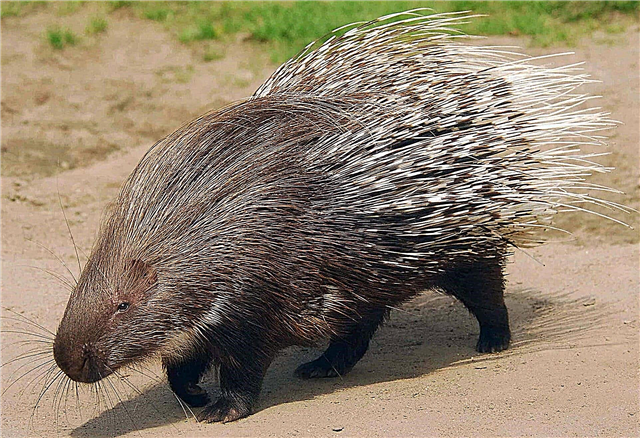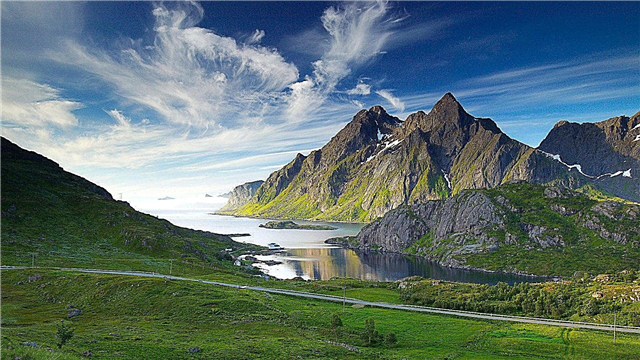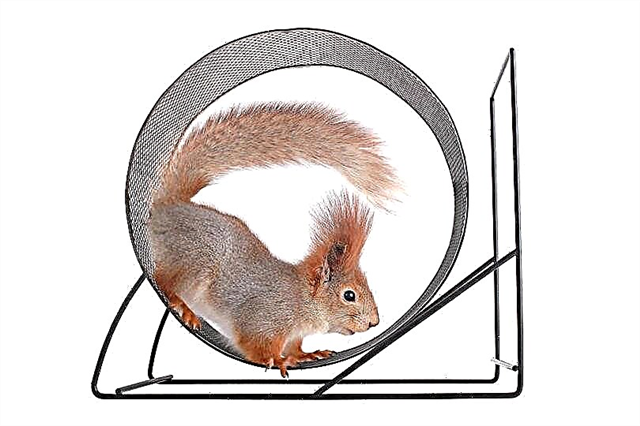
A plane flying in the sky is a beautiful sight. What are these phenomena connected with, why does the trace sometimes remain, and sometimes not, and what does it consist of?
Many curious people ask these questions. To understand all the nuances, you must first understand what this track consists of.
No smoke from burning fuel

Someone may say that this trace is nothing more than the smoke that remains during the combustion of fuel, by analogy with car exhausts. Aircraft turbines are much more powerful than a car engine, which is why they generate so much smoke. But this answer will be fundamentally wrong, completely illiterate.
Aircraft engines do emit gas left over from the combustion of jet kerosene, but the exhaust is transparent. After all, no aircraft in good condition does not smoke on the runway, during takeoff or landing. If it was an exhaust, it would become immediately obvious, and there would be nothing to rest at the airport. But something engines really throw away.
Along with other elements of the gas-air mixture of the exhaust, water is also emitted in a vaporous state. If the plane is at low altitude, this is usually not visible. In a situation where the plane rose high, the water immediately crystallizes, forming white clouds that stretch behind each turbine. This is the key to the track that stretches for the aircraft.
Why is the track not always visible?

The lower the temperature overboard, the faster, the more complete is the process of crystallization of water emitted by the engines. If the plane is flying low, there is no talk of reduced temperatures, no trace is visible, or it is barely noticeable. It is worth remembering that the higher the winged machine rises, the lower the temperature drops. In high layers, the indicator can appear in the region of -40 degrees, and it is quite natural that the moisture here freezes instantly and completely, forming a thick trail. At such temperatures, even a person’s breathing freezes - it’s worth remembering that just 50-60 years ago, pilots were given short fur coats and warm clothes for flying at any time of the year so that they would not freeze in the cockpits.
If in addition to the lowered temperature in the air layer where the plane is located, calm or weak wind prevails, the track remains dense and does not swell, it can be seen from the earth's surface for several hours. But if the wind is still there, the track will disappear quite quickly. Sometimes it disappears not evenly, in sections. This indicates air currents circulating in the atmosphere.
Interesting fact: at different heights, wind power can have different indicators, and even different directions. The direction of the wind near the surface of the Earth, recorded by people, may not correspond to the direction, strength of the wind in higher layers of the atmosphere. Many people have noticed that the wind is blowing in one direction, and the clouds are moving in the other. This is due precisely to the directions of the winds and their variability in different layers.
A trace from an airplane may disappear and reappear. Usually it is not at landing or taking off, at gaining or decreasing just because of its proximity to the warm layers of the atmosphere, warmed up from the surface of the planet. But as soon as the plane rises higher, to a height of several kilometers, the "tail" immediately appears, repeating the path of a winged vehicle.
Particles ejected by engines

It is worth noting another nuance that ensures the appearance of a trace from the aircraft. Water alone cannot condense; for this, dust or other solid particles are needed, on which water vapor settles. In high atmospheric layers, there are few such particles; they are carried by the winds closer to the earth's surface. But the airplane engine emits these particles, which creates conditions for the condensation of not only the water that is formed during the combustion of fuel, but also the one that circulates in the surrounding air.
Accordingly, the higher the air humidity around the aircraft, the more dense a trace it can leave behind. The surrounding particles of evaporated water will settle on microparticles and form this trail. Indeed, in essence, the track from the plane is no different from the cloud. It is also formed in a similar way.
Thus, the aircraft leaves a mark in conditions where water is capable of condensation. The trail is formed from the evaporated moisture emitted by the engine and contained in the ambient air due to low temperatures and microparticles emitted by the engines, on which water molecules settle. This phenomenon does not contain any additional puzzles.












